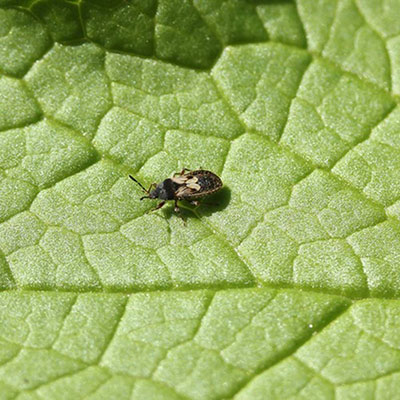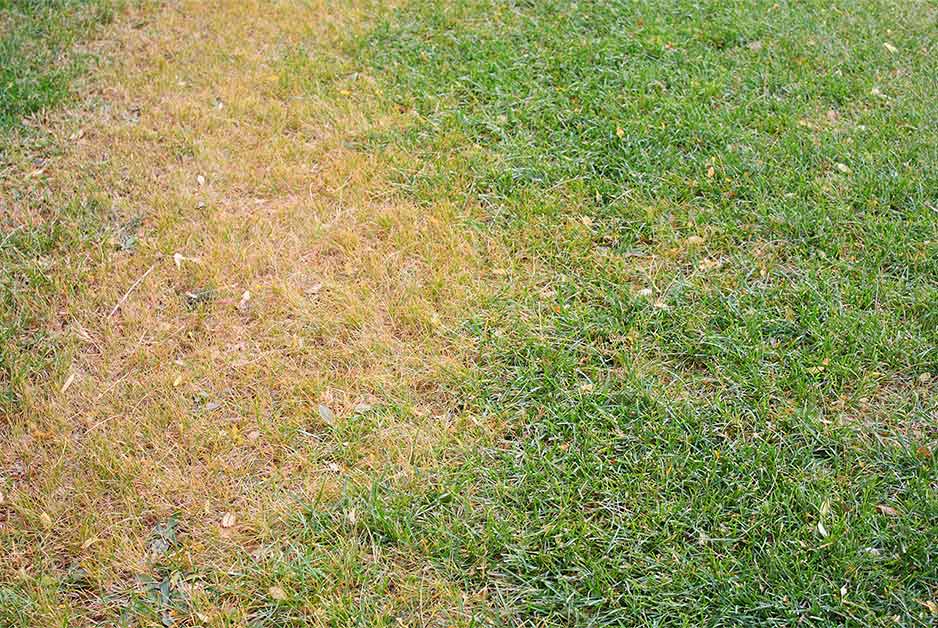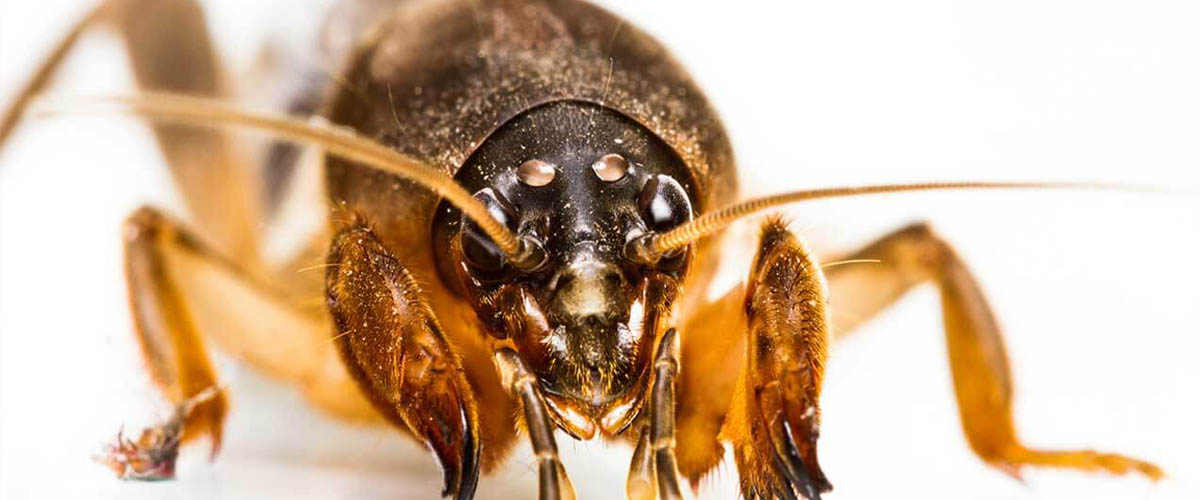How to Protect Your Lawn Against Chinch Bugs
Chinch bugs are tiny destructive pests that damage turf grasses and other plants in the grass family. Because of their small size, these ravenous insects often escape detection until lawn damage is severe. By understanding chinch bugs and their life cycle, you can stay ahead of these pests and keep your lawn looking beautiful year after year:
- Identifying Chinch Bugs in Your Lawn
- Recognizing Chinch Bug Lawn Damage
- Killing and Preventing Chinch Bugs
- Repairing Chinch Bug Lawn Damage
Identifying Chinch Bugs in Your Lawn
Chinch bugs are true bugs that have three life cycle stages: egg, nymph and adult. Adult chinch bugs survive winter by sheltering in dense, grassy areas and leaf litter. When daytime temperatures warm to about 70°F, adults emerge from their winter hideouts. Then they mate and lay eggs around the base of grass plants.
The elongated, whitish eggs turn red-orange and hatch in as little as one week in warm temperatures.1 Smaller than pinheads, the newly hatched, wingless, brick-red nymphs have a white mid-body band. Intermediate-stage nymphs are tan and brown. Final-stage nymphs darken to gray-black with a white spot on their backs.

Adult chinch bugs measure 1/6 to 1/4 inch long, about the size of a small pea. Covered with fine hairs, pale new adults darken quickly. Mature chinch bugs have gray-black bodies, red-orange legs, and two white wings with one black spot each. When folded over their dark bodies, the wings create an "X" pattern. Some chinch bugs fly, but not all.
A female chinch bug can produce 200 eggs in just 60 days. Rapid reproduction means two to three chinch bug generations per year — with each maturing generation producing their own offspring.1 Undetected, lawn damage builds quickly.
Recognizing Chinch Bug Lawn Damage
Homeowners often mistake chinch bug damage for drought at first, but irrigation doesn't help. Bright, sunny lawn areas with excess thatch are the hardest hit. The cumulative effect of these surface-feeding turf pests becomes apparent in late summer, intensified by hot temperatures and dry conditions. Fast-moving chinch bug adults on driveways and sidewalks signal problems nearby.
Chinch bugs damage lawns by puncturing grass tissues and sucking plant fluids. As they feed, they inject toxins that prevent the normal flow of water and nutrients through grass plants. Nymphs feed on grass roots just below the soil level, causing more damage as they grow. Adult chinch bugs feed on grass leaves and stems.
Affected grass wilts, turns yellow, takes on reddish or purple tints, and ultimately turns brown and dies. Lawns suffering from heat or drought stress are less likely to tolerate or recover from chinch bug damage. These pests peak in years when above-average temperatures combine with below-average rainfall. Dig into your lawn and look closely — you'll see chinch bugs congregating in the thatch layer.
Killing and Preventing Chinch Bugs
Protecting your lawn against chinch bugs and their damage starts with good lawn and garden maintenance. Keep your property clear of leaf litter where chinch bugs can overwinter. Dethatch your lawn if the thatch layer exceeds 1/2 inch. Follow through with early preventative treatments to target emerging adults, hatching nymphs and future chinch bug generations.
With Amdro Quick Kill Lawn Insect Killer Granules, you can treat your entire lawn easily. Apply the ready-to-use granules with a standard lawn spreader. Then water the area immediately to release the active ingredient and reach chinch bug adults and nymphs. This product kills chinch bugs by contact within 24 hours and keeps protecting against these pests for up to three months.
With concentrated liquids from the Amdro Quick Kill Insect Killer for Lawn & Landscape line, treating lawns, landscapes and flower areas is fast and straightforward. Amdro Quick Kill Insect Killer for Lawn & Landscape Ready to Spray attaches to an ordinary garden hose to measure and mix the concentrate automatically as you spray. Amdro Quick Kill Insect Killer for Lawn & Landscape Concentrate is designed for use with a pump-style lawn and garden sprayer.
These liquid products work in minutes to kill existing chinch bugs by contact. Then they keep protecting your lawn against new chinch bugs for up to three months.
Repairing Chinch Bug Lawn Damage
Once chinch bug treatment is complete, turn your brown lawn spots back to green. Pennington One Step Complete lawn repair products are perfect for bare spots and minor lawn damage. This premixed, all-in-one combination product contains premium grass seed, professional-grade fertilizer and natural mulch. You get results in just two to three weeks.
For larger areas, all-in-one Pennington Lawn Booster provides everything you need to put damaged, thinning lawns back on track. With premium grass seed, professional-grade fertilizer and soil enhancers, this all-in-one product is guaranteed to grow quicker, thicker, greener grass for you and your family.
By understanding chinch bugs and taking action, you can get rid of these lawn-destroying pests and stop their damage. We're here to help you grow and succeed. With Amdro and Pennington brands, you can conquer chinch bugs and enjoy a lush, green lawn year after year.
Always read product labels and follow the instructions carefully, including application rates.
Amdro and Amdro Quick Kill are registered trademarks of Central Garden & Pet Company.
Pennington and One Step Complete are trademarks of Pennington Seed, Inc.
Sources:
1. D. Shetlar and J. Andon, "Chinch Bugs in Turfgrass," Ohio State University Extension.
Photo credit:
1. Photo Credit: Even Dankowicz, CC BY 4.0



